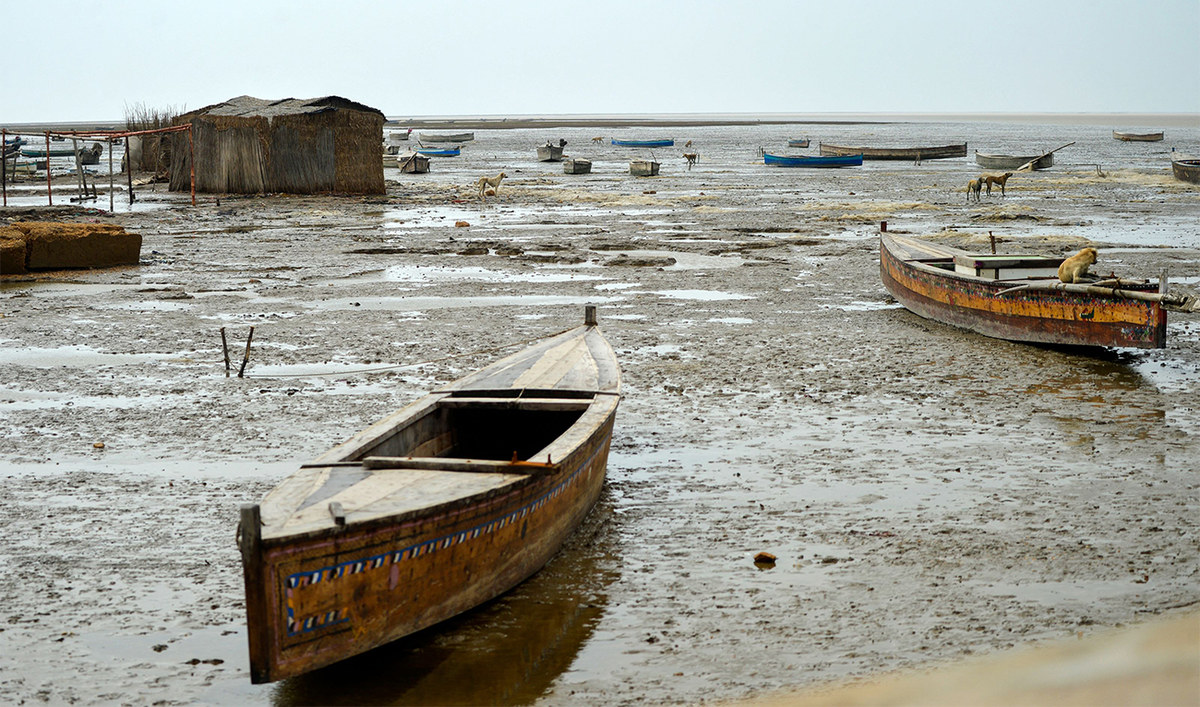Keti Bandar, THATTA: Pakistan’s climate minister said on Thursday over 81,000 people had been evacuated from Pakistan’s vulnerable coastal areas in the path of Cyclone Biparjoy, set to whirl in from the Arabian Sea and make landfall by Thursday night.
In its 3pm forecast, the Pakistan Meteorological Department (PMD) said the cyclone would likely hit between Keti Bandar in Pakistan’s Thatta district in the southern Sindh province and Mandvi in India’s western state of Gujarat after dusk.
Classified as a category one storm, the least severe on a scale of one to five, Biparjoy had appeared to have lost some of its intensity by Thursday afternoon.
Addressing a press conference, Climate Change Minister Sherry Rehman said 81,935 people in vulnerable areas had been relocated with the help of the Pakistan Army, Navy, paramilitary Rangers, and police, while 63 evacuation camps were active and 106 were on standby.
“We are ensuring the provision of cooked food and clean water at relief camps, which are the most essential. But we have also alerted medical teams and 86 units have been deployed in the field,” she said.

Stray dogs roam along the Arabian Sea's coast, at the Zero Point in Badin district, Sindh province on June 15, 2023. (AFP)
Ships and boats have been moved from some areas of Pakistan’s coast with hospitals put on high alert for the cyclone.
Karachi, an economic hub of 20 million, faced no immediate threat, but emergency measures were being taken to protect against the expected winds and rain, Rehman said.
Both the town and the jetty in Keti Bandar were deserted on Thursday afternoon when an Arab News team reached there, and the few fishermen present said they were staying behind to “protect our fishing boats.”
Abdul Hameed, the Police Station House Officer in Keti Bandar, said all vulnerable people had been evacuated.
“We [police] have five to seven creeks with us which are spread over acres,” he told Arab News.
“From there we have evacuated people … we have taken and relocated all the people to camps to ensure their safety.”

Cyclone evacuees wait to receive food near a temporary shelter set at a school in a coastal area in Sujawal of Pakistan's Sindh province on June 15, 2023. (AFP)
Elderly people in the old coastal town recalled the devastation of a 1999 cyclone that killed over 6,000 people and affected more than two million.
“[1999 cyclone] was absolutely deadly and it caused destruction,” Hajji Umar Sholani, a resident, said.
“Until today, we do not know of the whereabouts of the people and boats, whether they drowned or were captured.”


















